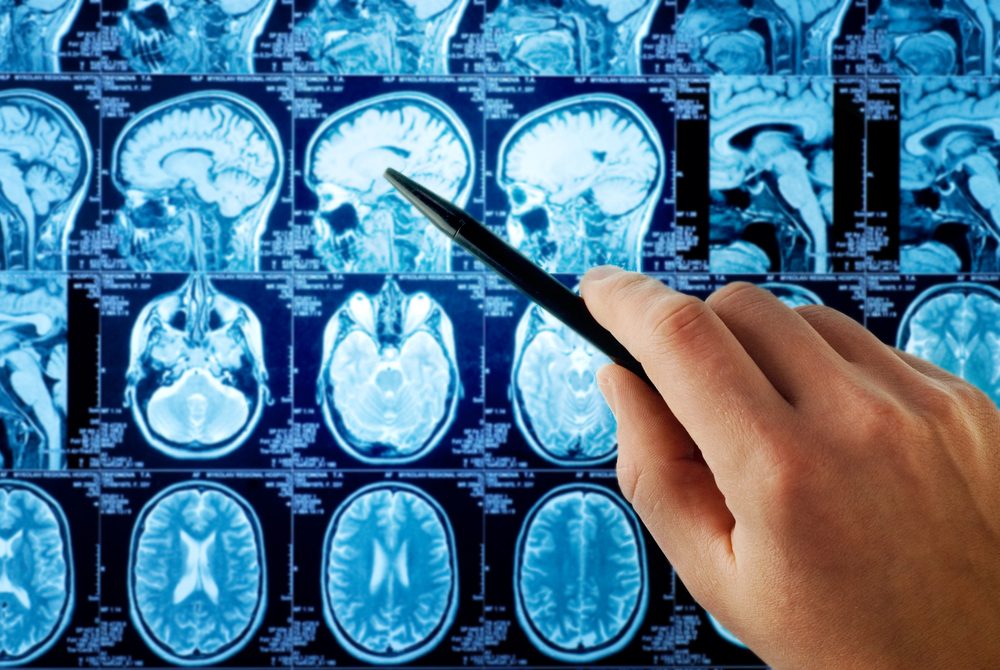Yeah, the degeneration is mostly among certain afferent nerves that have looong sensory axons reaching from certain nuclei just outside the cord (dorsal root ganglia — DRG). The axons innervate muscles and pass sensory data of when that muscle fiber is relaxed to itself (i.e., resulting in spinal reflexes) and up to the cerebellum, which rapidly maps where the body is in space (i.e., proprioception).
That “map” (proprioception data) is passed from the cerebellum to the motor cortex to plan appropriate voluntary movement. But due to tissue loss, the proprioception data isn’t satisfactory, so the cortex (which doesn’t operate anywhere near as fast as the cord or cerebellum) tries to compensate…but it’s not effective. And we get the wonderful world of ataxia!
Really, though, and I mean extra nerdy specific: it’s the oligodendrocytes. Those are the teeny tiny cells that wrap all along the DRG axons with myelin. The myelin is supposed to act as shielding for the axon so its signal gets smoothly and quickly transmitted up to the DRG and cerebellum. But as those tiny buggers become weak and off themselves (i.e., programmed cell death — step 1 is crappy mitochondria), the axon loses bits and pieces of its myelin.
Imagine a wire with pieces of its cover missing. It’ll be vulnerable to interference and it won’t transmit signal very well either. So, in effect, the cord and cerebellum get crappy signal. It’s a gradual process and I suspect that even certain nuclei in the DRG and (((maybe))) in the cerebellum commit suicide too.
I could be wrong, though. I didn’t read the article. This is what I remember from college and studying other FA research BACK IN THE DAY.

